tsynwood@mail.ru
Tsynwood LLC, Belarus, Zhodino, 1st Sukhogryadsky passage, 4
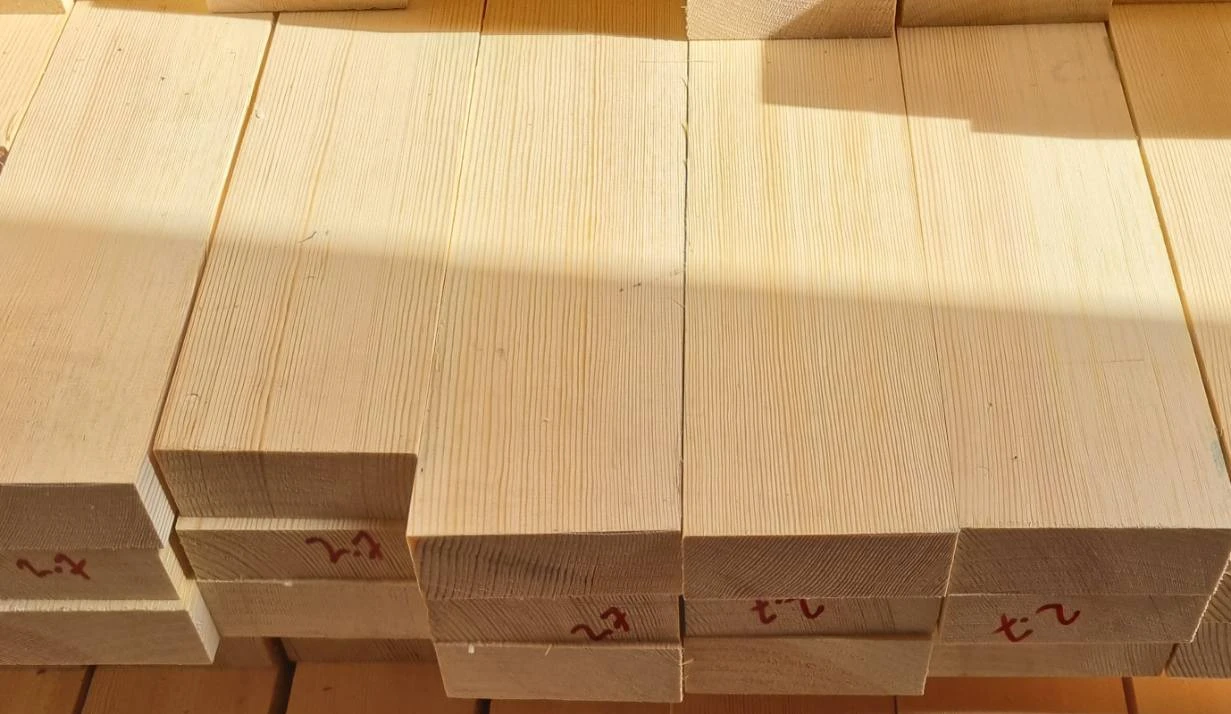
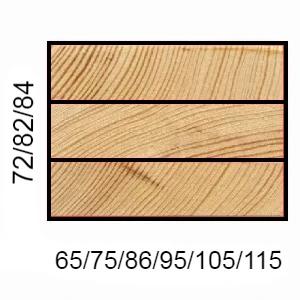
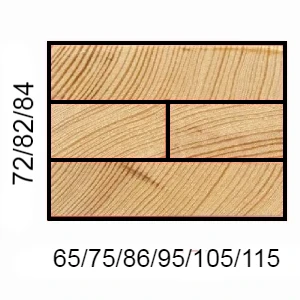
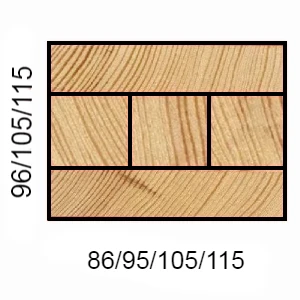
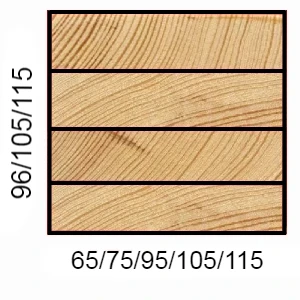
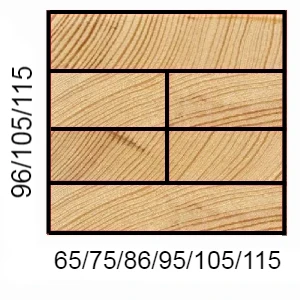
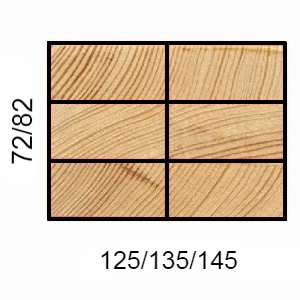
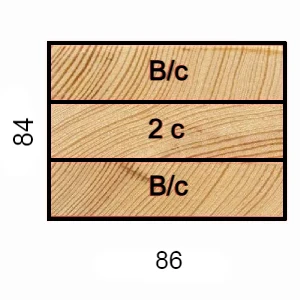
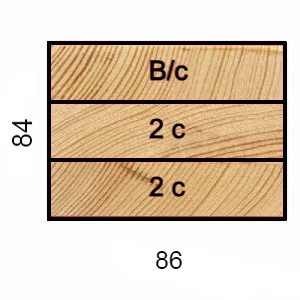
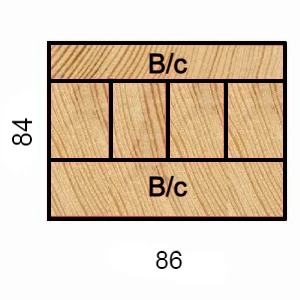
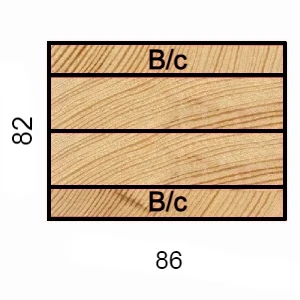
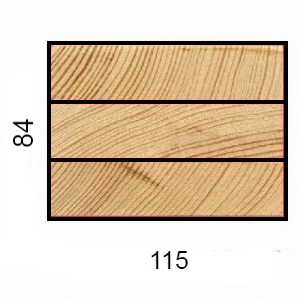
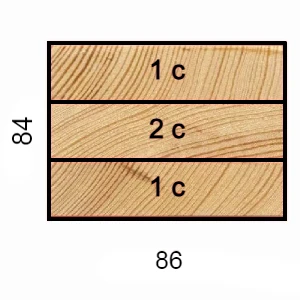
In Belarus, the production of glued window beams is one of the important segments of the woodworking industry. The material used for this purpose — pine and Angara pine — is distinguished by its unique properties, which make it ideal for creating high-quality and durable window structures.
Pine is a traditional choice for the production of window timber due to its accessibility and good performance characteristics. Pine timber has sufficient strength and resistance to external influences, which ensures a long service life of window frames.
Angara pine is a special type of pine that grows in the harsh Siberian climate. This gives it a special density and strength1. Angara pine is valued for its high mechanical strength and low thermal conductivity, which makes windows made of this material especially warm and reliable.1
The production process of glued beams begins with the selection of high-quality raw materials. Trees grown in ecologically clean areas of Belarus and Russia are used for this purpose. After sawing the wood into boards, the material undergoes a drying process to the required humidity. Then the boards are planed and sorted, excluding the material with defects.
The next step is to glue the boards using special adhesives that provide strength and resistance to humidity. The finished glued beam can have different sections and sizes, which allows you to produce window frames according to individual orders.
Angara pine is a type of coniferous evergreen tree that grows in the Krasnoyarsk Territory and Irkutsk Region of Russia, specifically in the Angara River basin. This tree has traditionally been considered one of the best choices for producing various types of lumber due to its numerous advantages. Some of the advantages of Angara pine include its high density, hardness, and mechanical strength. It also has low thermal conductivity, making it ideal for use in cold climates. Additionally, Angara pine resists temperature and humidity fluctuations, as well as rot and discoloration. It is also resistant to warping, which makes it a durable material. In contrast, other species of pine trees that grow in central Russia do not possess these qualities to the same extent. The wood from ordinary pine is softer and has significantly higher thermal conductivity. The reason for these exceptional qualities in Angara pine remains a mystery, but it is likely due to genetic differences between the species.Angara pine owes its unique properties to the harsh climate of the regions where it grows. The severe weather conditions not only form the famous "Siberian character" but also contribute to the unique properties of the wood. The long and frosty winters and short, cool summers with little sun and heat slow down the growth of trees, leading to wood compaction. This can be seen clearly when looking at the end of a cut tree, where the annual rings are very close together. The distance between the rings in Angara pine wood is 1-2 millimeters, which is three times less than the distance in the central Russian pine.